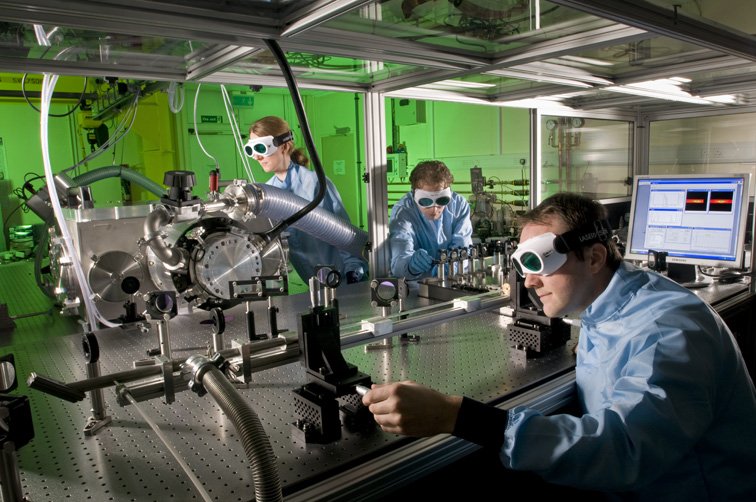The IT industry is on the verge of replacing power hungry silicon chips with faster more efficient processing power by graphene, according to researchers.
Scientists who’ve tested the behavior of bilayer graphene have obtained results that suggest it could replace silicon transistors in electronic circuits
Scientists at a Science and Technology Facilities Council (STFC) facility in the UK have been using lasers to test the properties of graphene - a form of pure carbon - that exists in a thin almost transparent sheet the thickness of one atom.
The new ‘miracle material’ has an unrivalled capacity for conducting heat and electricity.
Though in its current form graphene is not suitable for transistors, researchers have been working on a way to convert it for this use.
In order to create a technologically viable transistor from graphene, researchers have been investigating ways to enable the material to act as a switch – the primary requisite for a transistor.
A transistor can be switched off, so that only a small electric current flows through its gate when in standby state.
Graphene does not have a band gap so cannot switch off.
A research team led by professor Philip Hofmann from Aarhus University in Denmark has created a new material out of graphene with new properties, including the ability to switch.
Bilayer graphene consist of two layers of graphene which are placed one on top of the other.
This leaves a small band gap to encourage the transfer of energy between layers, which gives it new transistor-like property.
Using Artemis at STFC’s Central Laser Facility, which is based at the Rutherford Appleton Laboratory in Oxfordshire, the researchers fired ultra-short pump laser pulses at the bilayer graphene sample, boosting electrons into the conduction band.
A second short, extreme ultraviolet, wavelength pulse then ejected electrons from the sample. These were collected and analyzed to provide a snapshot of the energies and movement of the electrons.
The research suggested that bilayer graphene acts as a semiconductor, which is not short-circuited by defects and can consequently form the basis of a processor.
Given its other properties, such as its high conductivity, it could be the basis of a much faster, more energy efficient processor than one built from silicon.
The upshot is a massive boost for the data center industry, whose facilities will have far more processing power for a much lower carbon footprint, according to the research.
“What we’ve shown with this research is that our sample behaves as a semiconductor, and isn’t short-circuited by defects,” Hofmann said.

